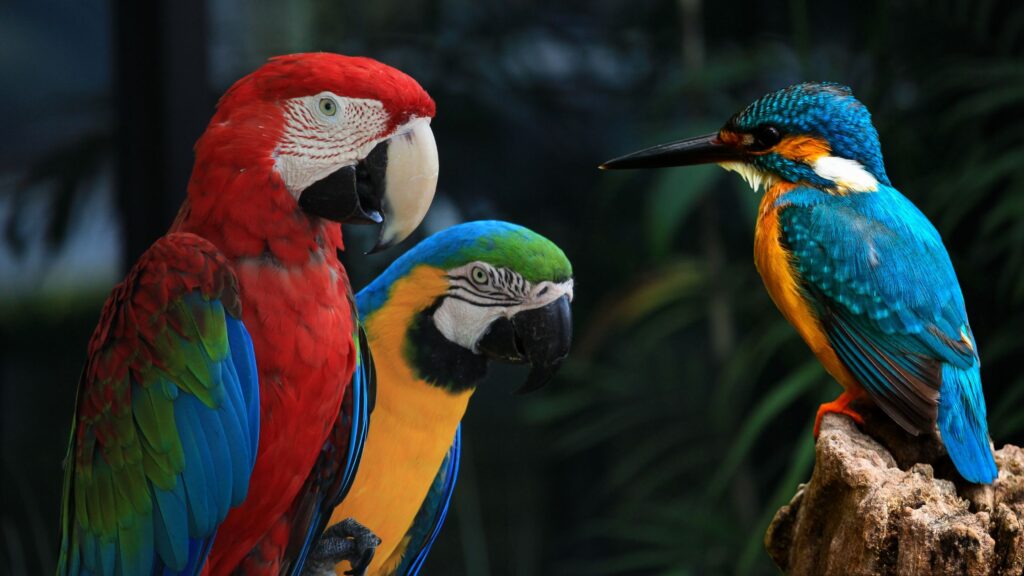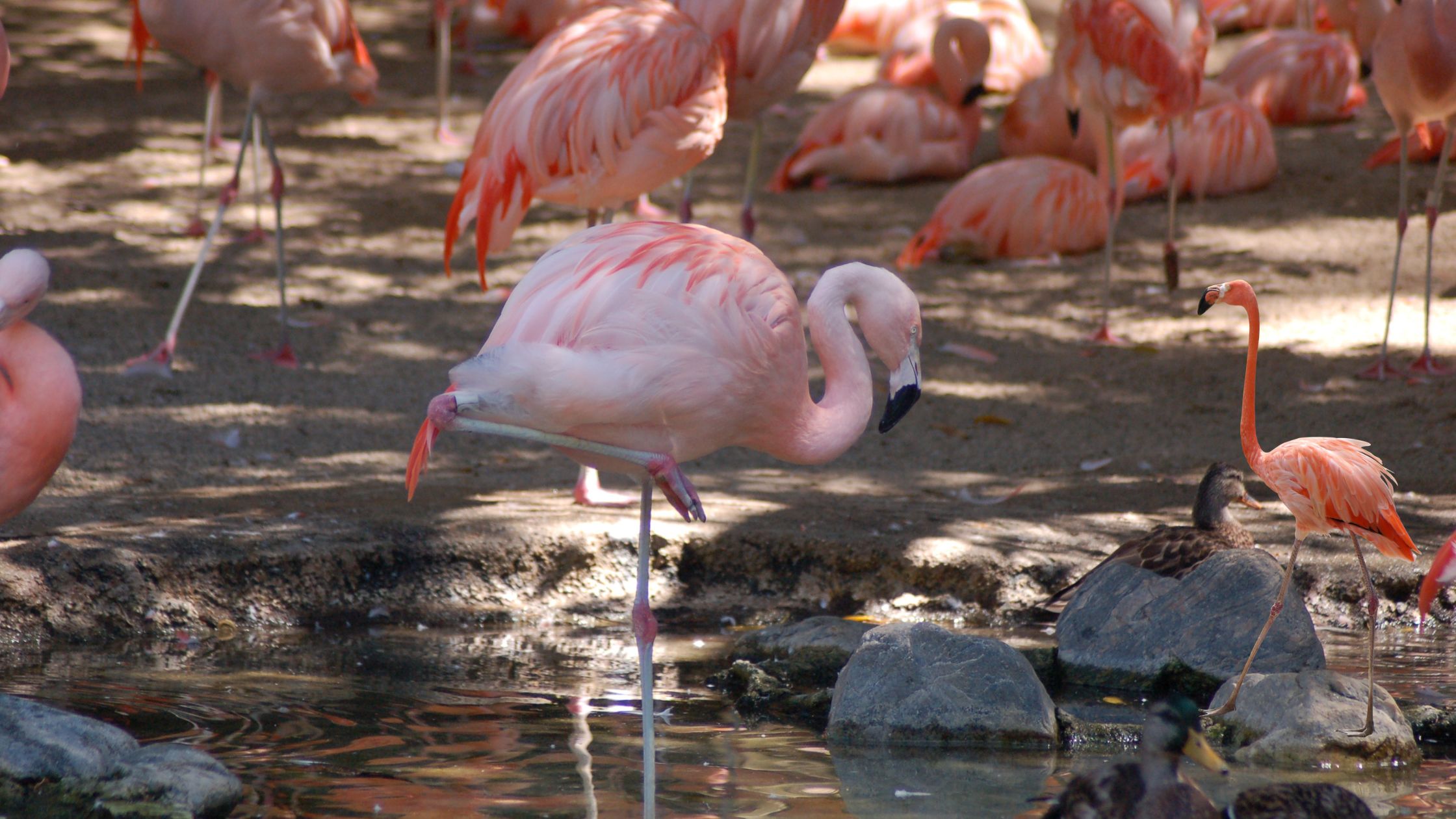World of Bird Mimicry
Birds are known for their beauty, diverse species, and melodious songs. However, some birds have taken their vocal abilities to another level. Bird mimicry is a remarkable phenomenon where certain bird species can imitate sounds from their environment, including other bird species, animals, and even human-made noises. This article delves into the fascinating world of bird mimicry, highlighting the most impressive mimics and the reasons behind their unique talents.
What is Bird Mimicry?
Bird mimicry involves a bird imitating sounds from its surroundings. This could include calls from other bird species, animals, and even mechanical noises like chainsaws or camera shutters. This ability is not just a random skill but serves various purposes, including attracting mates, deterring predators, and communicating with other birds.
The Masters of Mimicry
1. Lyrebird
The Lyrebird, native to Australia, is perhaps the most famous mimic. Male Lyrebirds use their mimicry to attract females during mating season. Their repertoire can include up to 20 different species’ calls, camera shutters, chainsaws, and even car alarms. David Attenborough famously showcased a Lyrebird mimicking these sounds in one of his documentaries, bringing global attention to this extraordinary bird.
2. Northern Mockingbird
The Northern Mockingbird, found in North America, is another skilled mimic. It can imitate up to 200 different sounds throughout its life. This bird is known for its long singing sessions, often incorporating a wide variety of sounds, including other bird species, insects, and amphibians.
3. European Starling
Introduced to North America in the 19th century, the European Starling is an exceptional mimic. These birds can imitate human speech and a range of environmental sounds. Their ability to mimic is so impressive that some starlings have been recorded imitating car alarms, ringing phones, and even human voices.
4. African Grey Parrot
While primarily known for their ability to mimic human speech, African Grey Parrots are also adept at imitating other sounds in their environment. This talent makes them popular pets and subjects of scientific studies on animal cognition and communication.
Why Do Birds Mimic?
The reasons behind bird mimicry are varied and fascinating. Here are some key motivations:
1. Mating and Attraction
For many birds, mimicry plays a crucial role in mating. Male birds often use their impressive mimicry skills to attract females. A diverse and accurate repertoire can indicate a male’s health and genetic fitness, making him more attractive to potential mates.
2. Territory and Dominance
Birds also use mimicry to establish and defend their territory. By mimicking the calls of multiple species, a bird can create the illusion of a more crowded and competitive area, deterring potential intruders.
3. Predator Deterrence
Some birds mimic the calls of predators to scare away other animals. For example, certain species of birds mimic hawk calls to deter smaller birds or mammals from approaching their nests.
4. Social Interaction
Mimicry can also facilitate social interaction among birds. Mimicking calls can help birds communicate more effectively within their flock, coordinate movements, or alert others to danger.
The Science Behind Bird Mimicry
Birds have a specialized vocal organ called the syrinx, located at the base of their trachea. This unique structure allows them to produce a wide range of sounds. Unlike humans, who use vocal cords, birds can control the syrinx with remarkable precision, enabling them to mimic complex sounds accurately.
Research has shown that the brain structure of mimic birds is also highly specialized. These birds have larger and more developed brain regions associated with learning and producing sounds. Studies on birds like the European Starling and African Grey Parrot have provided insights into the neural mechanisms of vocal learning, which have implications for understanding human speech and language development.
Conservation and Bird Mimicry
Bird mimicry is not just an intriguing natural phenomenon; it also has implications for conservation. Understanding the vocal behaviors of birds can aid in their protection and conservation. For instance, identifying the presence of rare or endangered bird species through their unique calls can help conservationists monitor populations and habitats.
Moreover, birds that mimic human-made noises often live in environments heavily impacted by human activity. Studying their mimicry can provide valuable information about the effects of urbanization and habitat destruction on wildlife.
How to Experience Bird Mimicry
If you’re interested in witnessing bird mimicry firsthand, there are several ways to do so:
1. Birdwatching Tours
Join birdwatching tours in areas known for mimic birds. Australia’s forests are prime locations for spotting Lyrebirds, while parks and suburban areas in North America are great for encountering Northern Mockingbirds.
2. Nature Reserves and Sanctuaries
Visit nature reserves and bird sanctuaries that protect these talented birds. These areas often have guided tours and educational programs to help you learn more about bird mimicry.
3. Online Resources
Numerous online resources and apps can help you identify and understand bird calls. Websites like the Cornell Lab of Ornithology’s All About Birds provide extensive databases of bird sounds, including those of mimic species.
Conclusion
Bird mimicry is a testament to the incredible adaptability and intelligence of birds. From the enchanting songs of the Lyrebird to the versatile calls of the Northern Mockingbird, these avian impressionists continue to captivate and inspire us. By understanding and appreciating their mimicry, we can better appreciate the complexities of nature and the importance of conserving these remarkable creatures.
Whether you’re a seasoned birdwatcher or a curious nature enthusiast, exploring the world of bird mimicry is sure to enrich your understanding of the natural world. So, next time you hear an unexpected sound in nature, take a moment to consider that it might just be one of these masterful mimics at work.

